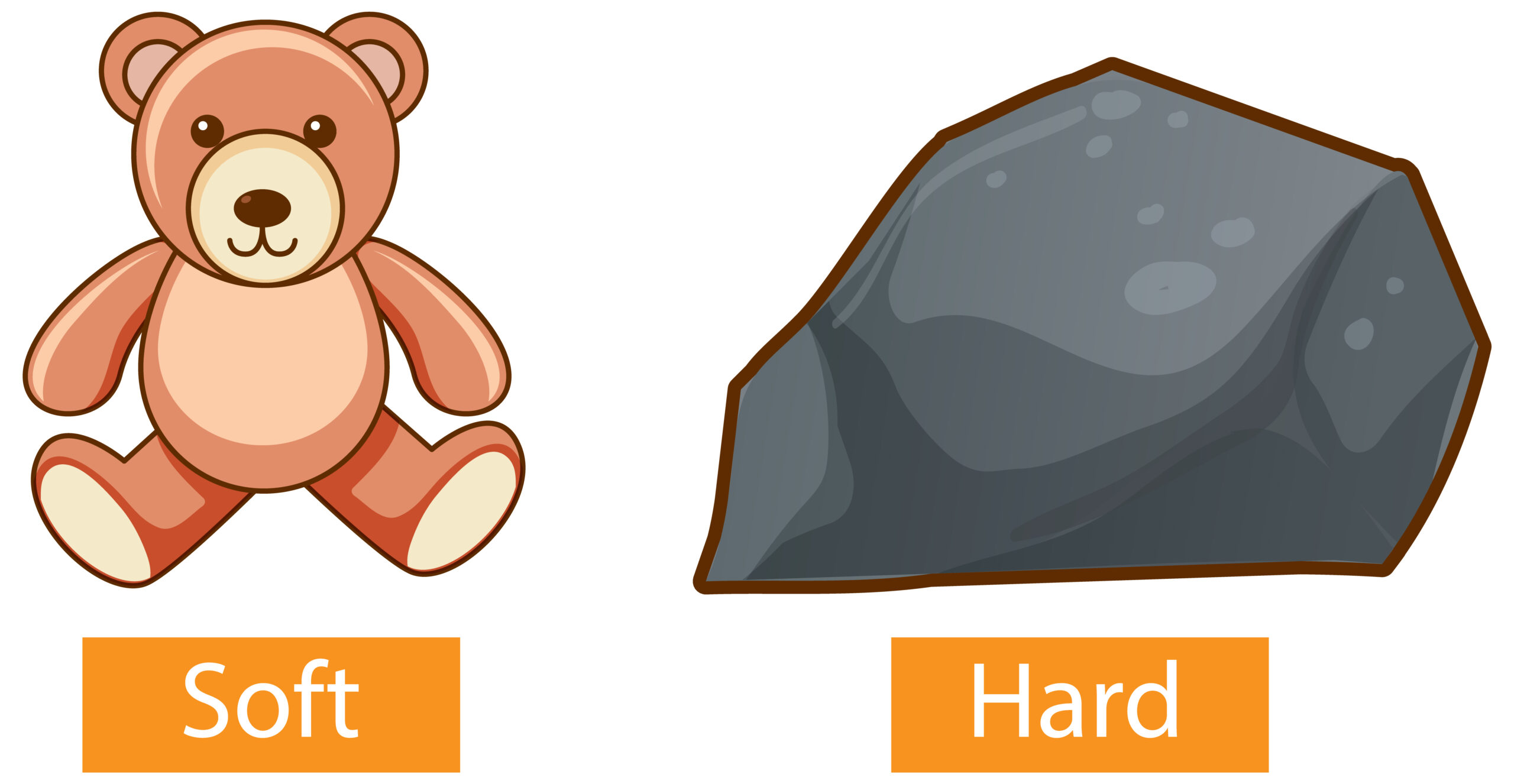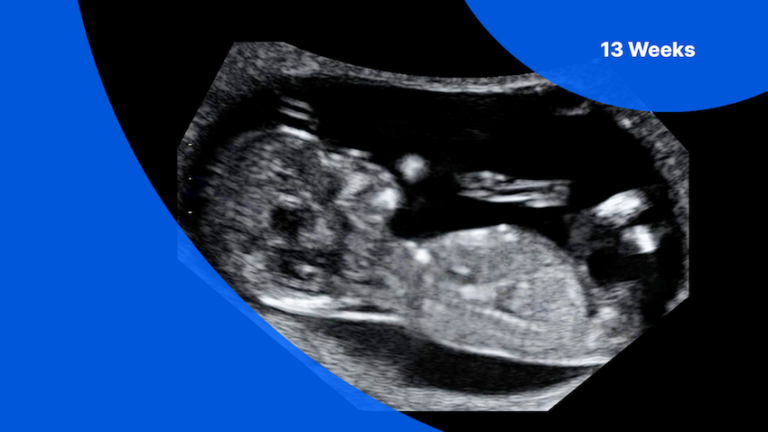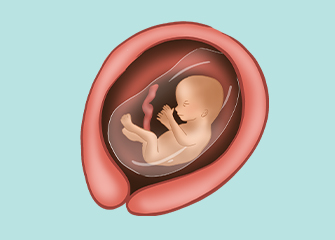Soft Spot On Baby Head: When Does It Close
The soft spot on a baby’s head, also known as the fontanelle, is a fascinating and important feature of a newborn’s skull. Many parents may wonder when this soft spot closes and what significance it holds for their baby’s development. In this article, we will delve into the details of the soft spot on a baby’s head, when it typically closes, and why it is crucial to monitor its progression.
Knowledge
When a baby is born, their skull is made up of several bones that have not yet fused together. This allows for flexibility during delivery and rapid brain growth in the first few months of life. The soft spot, or fontanelle, is the area where these bones have not yet joined. There are typically two soft spots on a baby’s head: one at the top (anterior fontanelle) and one at the back (posterior fontanelle).
The anterior fontanelle is the larger of the two soft spots and is located at the top of the baby’s head. It is diamond-shaped and usually measures about 2-3 cm in length. This soft spot allows for the baby’s brain to grow rapidly during the first year of life. The anterior fontanelle typically closes between 12 to 18 months of age, although it can vary from child to child.
The posterior fontanelle is smaller and triangular in shape, located at the back of the baby’s head. This soft spot usually closes within a few months after birth, by around 2-3 months of age. The closure of the posterior fontanelle is often not as noticeable as the anterior fontanelle, as it fuses together more quickly.
It is essential for parents and caregivers to monitor the soft spot on a baby’s head to ensure that it is progressing as expected. A sunken fontanelle can be a sign of dehydration, while a bulging fontanelle may indicate increased intracranial pressure. If there are any concerns about the soft spot closing too early or too late, it is crucial to consult with a pediatrician for further evaluation.
Conclusion
In conclusion, the soft spot on a baby’s head plays a vital role in their early development and growth. Understanding when the fontanelle typically closes can help parents track their baby’s progress and ensure that they are meeting important developmental milestones. By monitoring the soft spot and seeking medical advice if there are any concerns, parents can help support their baby’s healthy growth and development.
Overall, the target audience for this article includes parents, caregivers, and anyone interested in learning more about the soft spot on a baby’s head. By providing detailed information on when the fontanelle closes and why it is significant, this article aims to educate and empower readers to take an active role in their baby’s health and development.
In today’s fast-paced world, where information is readily available at our fingertips, understanding the nuances of a baby’s growth and development can make a world of difference. By shedding light on topics like the soft spot on a baby’s head and its timeline for closure, we can empower parents and caregivers to make informed decisions and prioritize their baby’s well-being.






